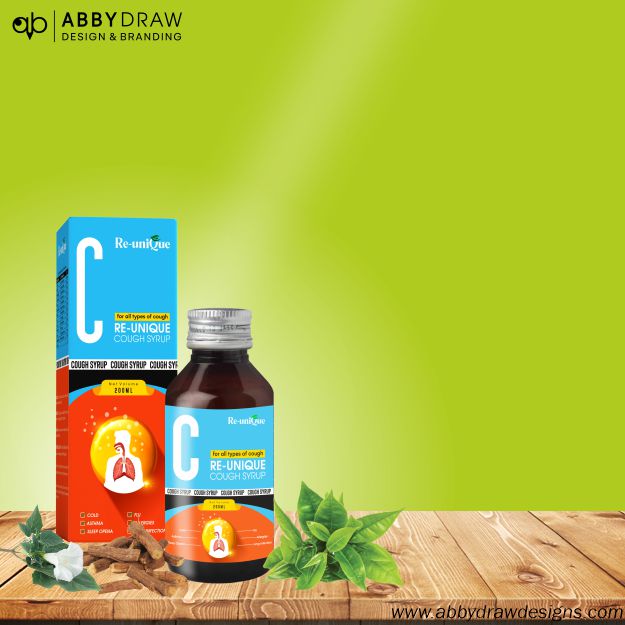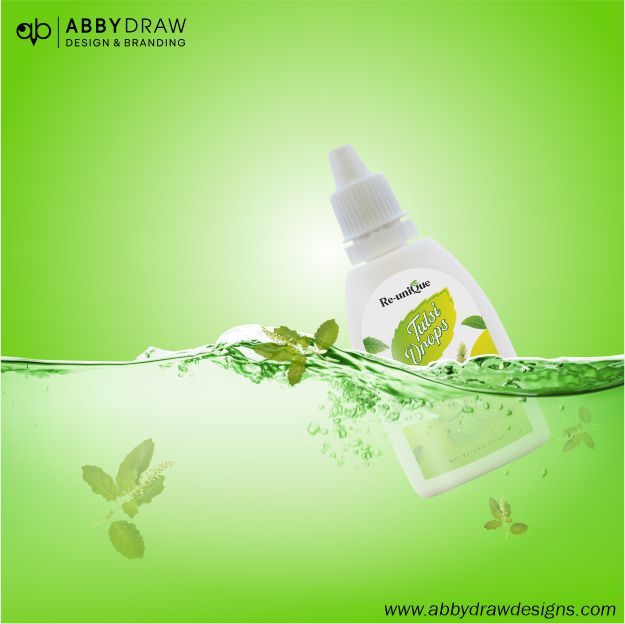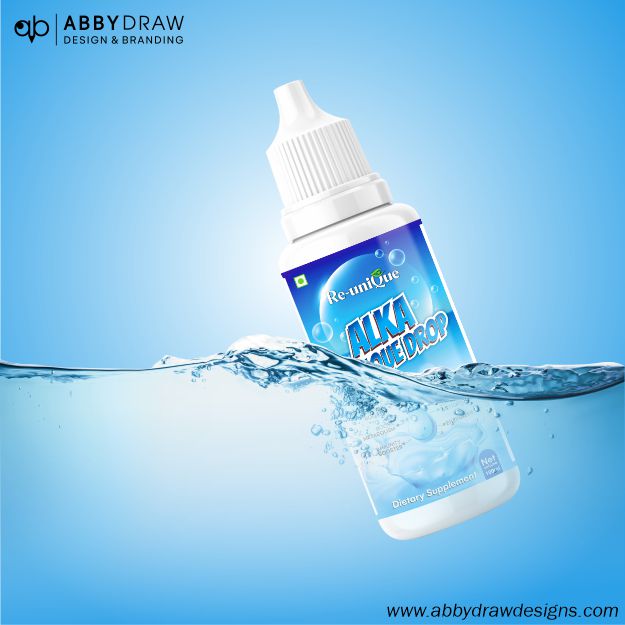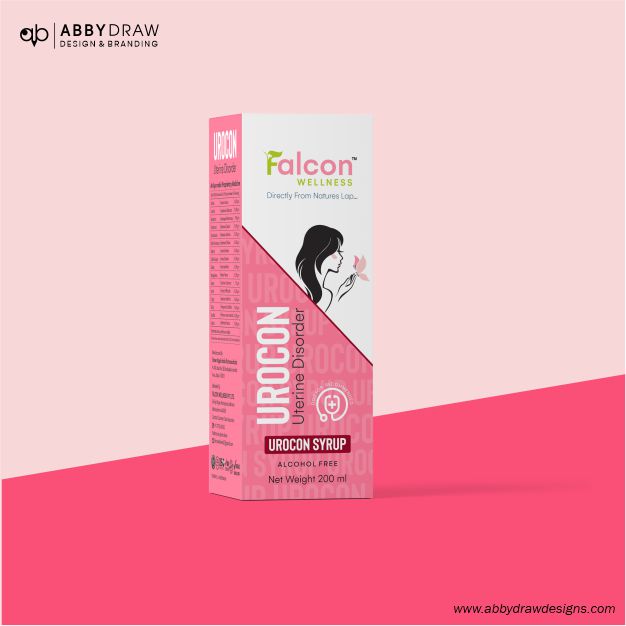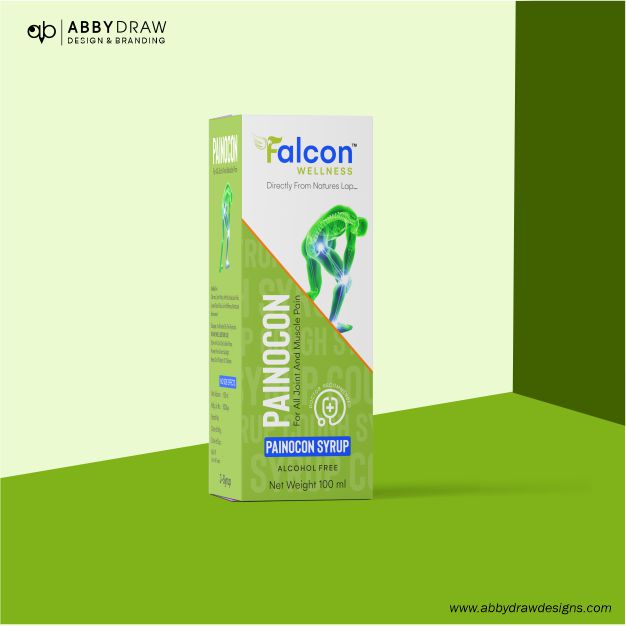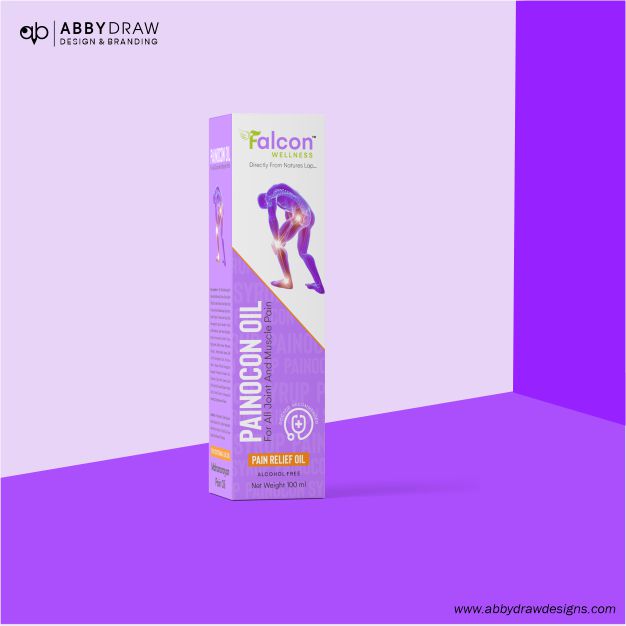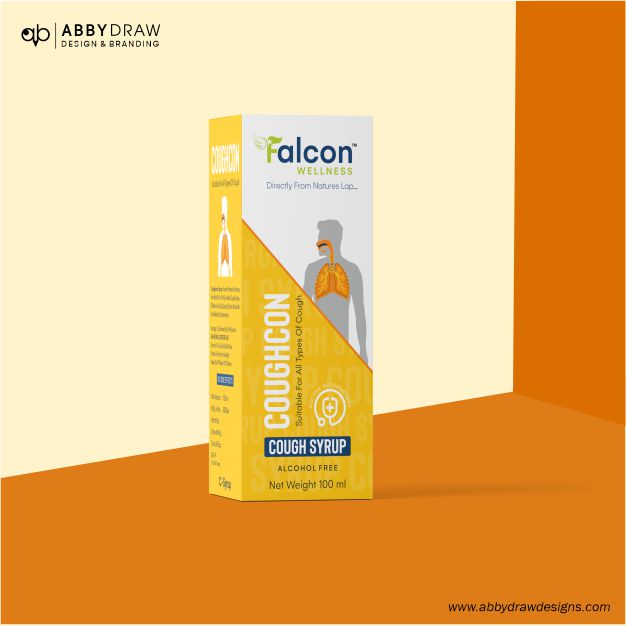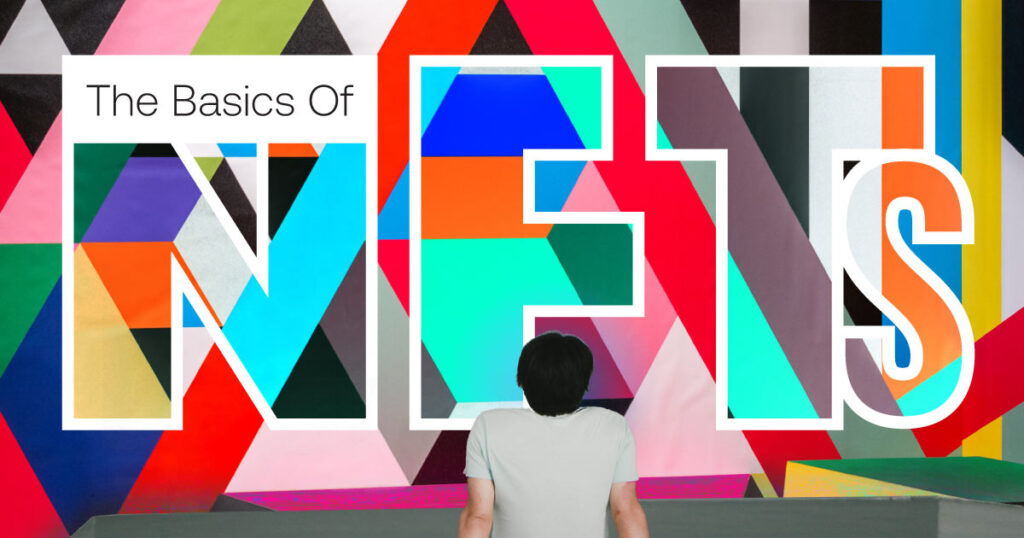Pharmaceutical packaging design might not be the first thing that comes to mind when considering advancements in the medical field, but its significance cannot be overstated. In fact, it plays a pivotal role in ensuring the integrity of medications, safeguarding user safety, and enhancing overall accessibility. In a world where innovation is constantly reshaping industries, the realm of pharmaceutical packaging is no exception.
From the outside, a package might seem like a simple container for pills or syrups. However, it’s much more than that. It serves as a shield against environmental factors that could compromise the medication’s effectiveness. Moreover, it’s a critical tool in communicating essential information to patients and healthcare providers.
Safety remains the paramount concern in pharmaceutical packaging design. Modern advancements focus on creating packaging that not only protects the medication from external elements like light, moisture, and air but also ensures the safety of the user. Child-resistant closures, for instance, have become a standard for medications to prevent accidental ingestion by children. However, the challenge lies in maintaining this safety without compromising the ease of access for adults.
In today’s diverse society, accessibility is a key consideration. Packaging design now caters to individuals with various needs, including the elderly and those with disabilities. Innovations like easy-to-open caps, larger print for better readability, and tactile elements for the visually impaired are transforming the landscape of pharmaceutical packaging. These advancements aim to ensure that medication is easily accessible and manageable for everyone.
The global call for sustainability has permeated every industry, including pharmaceuticals. Manufacturers are increasingly embracing eco-friendly packaging solutions. Biodegradable materials, reduced plastic usage, and recyclable packaging are becoming more prevalent, aligning with the greater environmental consciousness of consumers and regulatory directives.
The integration of technology in packaging design has given rise to ‘smart’ packaging. This includes features like temperature sensors for monitoring temperature-sensitive medications, NFC (Near Field Communication) tags for accessing digital information about the product, and QR codes linking to dosage instructions or medication details. Such innovations not only enhance user experience but also add an extra layer of safety and information.
Aesthetic Appeal and Branding
While functionality and safety are paramount, aesthetic appeal and branding are also gaining importance. Striking a balance between safety features and visually appealing design elements helps in creating a strong brand identity. Colors, logos, and distinctive shapes on packaging can help patients easily identify their medication amidst a sea of similar-looking products.
Pharmaceutical packaging design has evolved significantly, prioritizing safety, accessibility, sustainability, and even aesthetics. As technology continues to advance, we can expect further innovations that revolutionize how medications are packaged and delivered. Ultimately, the goal remains constant: to ensure that patients receive their medications in a safe, accessible, and user-friendly manner.
The next time you pick up your prescription, take a moment to appreciate the thought and innovation that went into the seemingly simple yet crucial aspect of pharmaceutical packaging design.
Abbydraw’s take on pharmaceutical packaging design showcases the intersection of creativity, functionality, and user-centric thinking, paving the way for a safer and more accessible future in medicine delivery.


